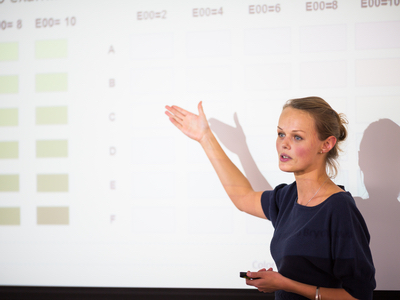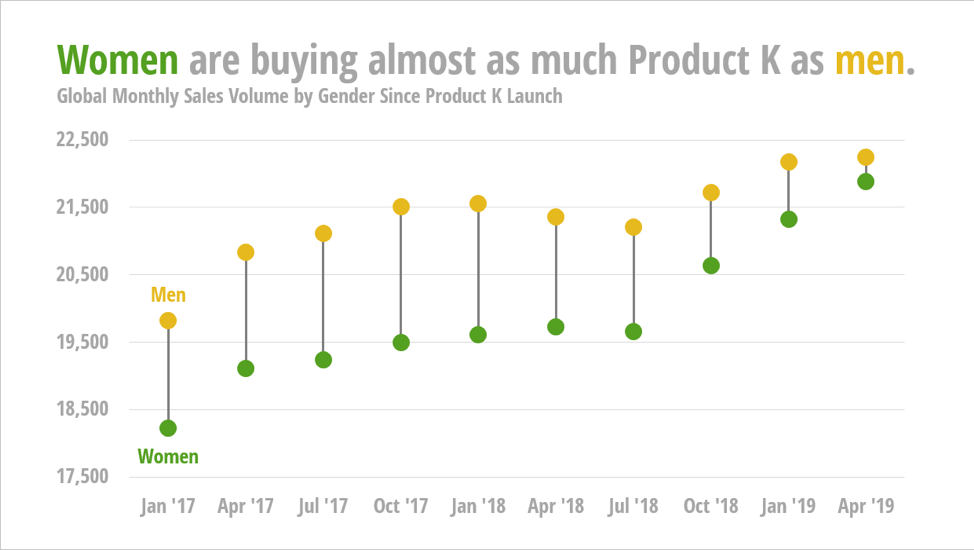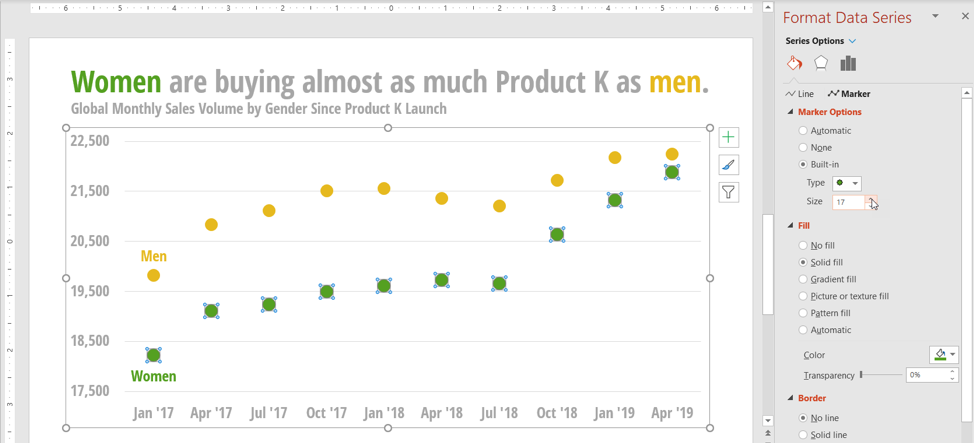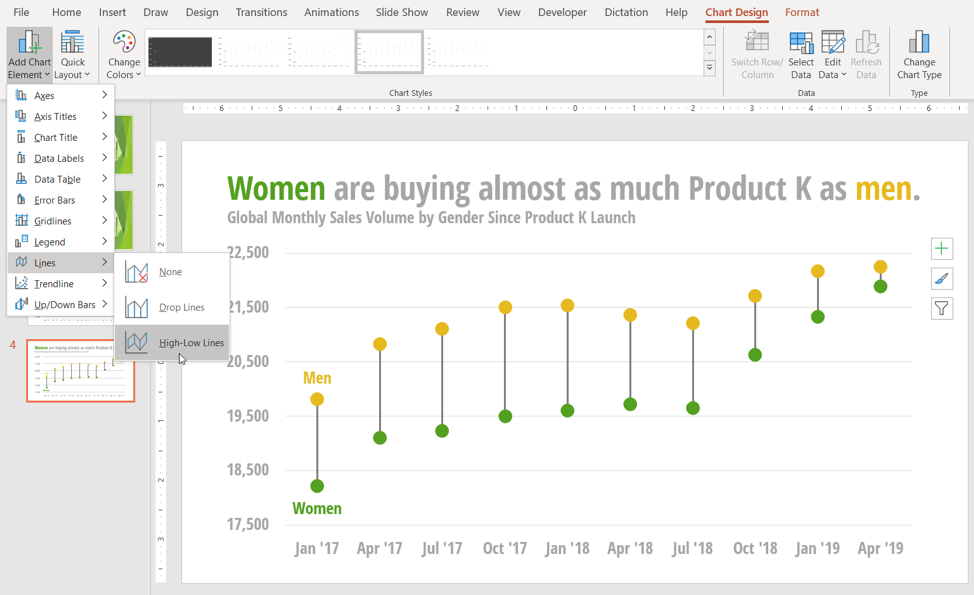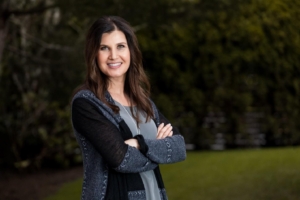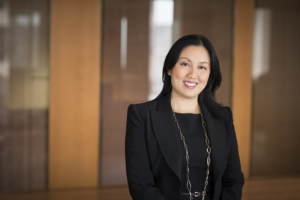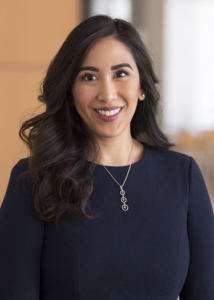By Aimee Hansen
 Last week, we wrote about Emotional Intelligence as a true leadership differentiator beyond IQ or “hard skill” levels or task mastery, and a prerequisite for real leadership belonging at the C-Suite level.
Last week, we wrote about Emotional Intelligence as a true leadership differentiator beyond IQ or “hard skill” levels or task mastery, and a prerequisite for real leadership belonging at the C-Suite level.
As Daniel Goleman, Ph. D, author of the New York Times bestseller Emotional Intelligence among other publications, highlights: “Members of a successful corporate team must, collectively, have a high level of emotional intelligence. On a team with high EI attributes, it is easy to spot those few who do not…”
But according to research, it would seem that women are significantly more likely to be amongst those who do.
Women Demonstrate More EI Competency More Consistently
Whether women have higher emotional intelligence than men has been a topic for debate by Goleman and others, though a Korn Ferry study of 55,000 professionals across 90 countries found that “women score higher than men on nearly all (11 of 12) emotional intelligence competencies, except emotional self-control, where no gender differences are observed.”
The authors, including Goleman, “found that women more effectively employ the emotional and social competencies correlated with effective leadership and management than men.”
According to the Korn Ferry results, women were 86% more likely than men to be seen as consistently demonstrating emotional self-awareness as a competency (18.4% of women compared to just 9.9% of men). Women were 45% more likely than men to be seen as demonstrating empathy consistently.
Women also outperformed men at “coaching & mentoring, influence, inspirational leadership, conflict management, organizational awareness, adaptability, teamwork and achievement orientation.” The most narrow margin was “positive outlook” (9% more likely), and the only gender neutral competency was “emotional self-control.”
When it comes to excelling at what we value, these findings complement research that shows that men are more likely to undervalue the relationship interaction with customers and clients, which women will tend to emphasize as important.
Closing the Gender Gap of Competency Perception
Generally speaking in the workplace, women tend to undervalue their skills competency and performance while men overvalue themselves on both.
These perceptual differences, reflected in the cultural mirror, can mean women preemptively take themselves out of the game. In one Hewlett Packard report, men went for the job if they were 60% qualified based on job criteria whereas women went for the job only if they were 100% qualified.
Zenger Folkman found that women’s confidence increases with age and experience so that by our mid-40’s, we’ve closed the gender confidence gap to meet men. But it’s the leaps we may have forgone in our 20’s and 30’s, when the gap was prevalent, that still factor in as lost opportunities.
Dr Richard E. Boyatzis, Distinguished University Professor, CWRU, spoke to women undervaluing, and men overvaluing, their competencies in the workplace: “Research shows, however, that the reality is often the opposite. If more men acted like women in employing their emotional and social competencies, they would be substantially and distinctly more effective in their work.”
“The data suggests a strong need for more women in the workforce to take on leadership roles,” said Goleman. “When you factor in the correlation between high emotional intelligence and those leaders who deliver better business results, there is a strong case for gender equity. Organizations must find ways to identify women who score highly on these competencies and empower them.”
Emotional intelligence is considered a key differentiator at the top leadership level, and it’s a competency asset women can deeply value even as we develop it.
How do you further develop your “EQ”?
According to a Forbe’s Coaches Council article from Cari Coats, there are four main attributes that can be recognized in emotionally intelligent leaders, paraphrased below.
Self-awareness of your own internal motivations and tendencies and emotions and both understanding and acceptance of “the good, the bad, and the ugly”. Emotionally intelligent leaders can take feedback without defensiveness. One practice that can help is to become aware of how you respond when challenged or when things don’t go well.
Transparency both in your own vulnerabilities and flaws and mistakes as well as in speaking with truth and clarity with others. As Dickson writes, “the key is showing up as a whole human and being unafraid of transparency, then working toward improving relationships within an organization, within team communications or with customers.”
Being present to perceive and listen and respond to the person or situation in front of them without judgment, while recognizing the emotional needs of others at play. An emotionally intelligent leader is able to appreciate and allow other’s emotions and handle them with empathy.
Self-mastery of emotional awareness so that they are not yanked into emotional reactions, but instead can more aptly choose how to respond in any given moment.
Want to go much further? For a comprehensive list of leadership training opportunities, books, tips, exercises, videos and assessments to help develop your emotional intelligence, please check out the Positive Psychology Program for resources.


